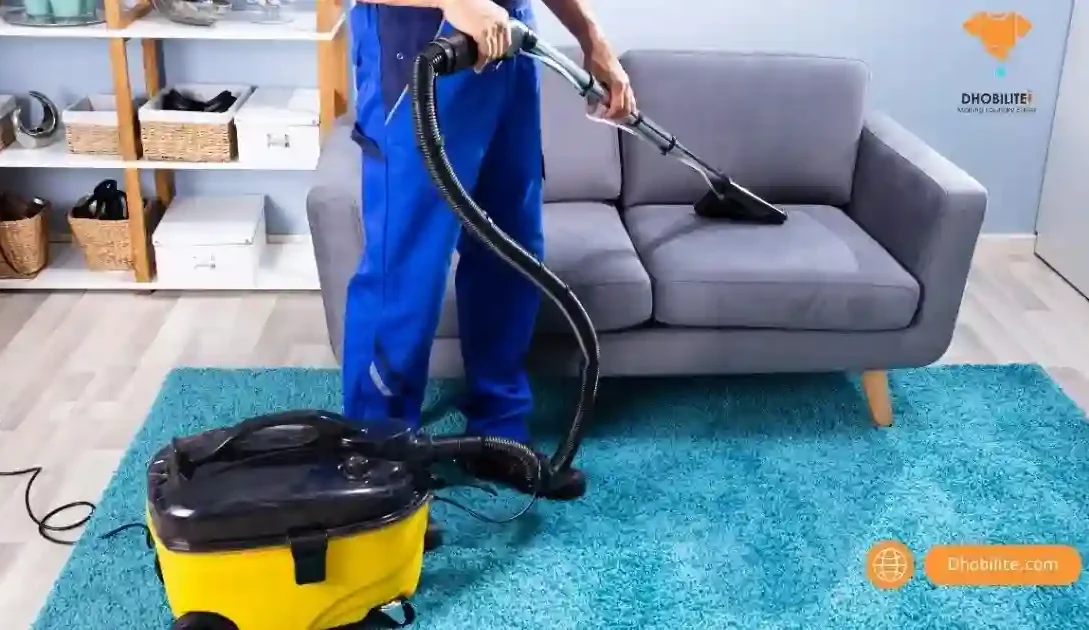In the quest for a clean and healthy home, natural and homemade rug cleaners offer a safe, eco-friendly, and cost-effective alternative to commercial cleaning products. With concerns about the environmental impact and health risks of chemical cleaners, many homeowners are turning to DIY recipes using ingredients commonly found in their pantries. This 1000-word article delves into the world of natural and homemade rug cleaners, providing you with DIY recipes and tips to keep your rugs fresh and clean without the harsh chemicals.
The Benefits of Natural Rug Cleaners
Before exploring specific recipes, it’s essential to understand why natural rug cleaners are a smart choice:
- Safety: Free from harsh chemicals, natural cleaners are safer for pets, children, and adults, reducing the risk of allergies, skin irritations, and respiratory issues.
- Environmental Impact: These cleaners are biodegradable and eco-friendly, causing minimal harm to the environment.
- Cost-Effectiveness: Homemade cleaners often use inexpensive and readily available ingredients, making them a cost-effective alternative to store-bought products.
- Gentleness: Natural cleaners are often gentler on rug fibers than commercial cleaners, helping to preserve the color and texture of your rugs over time.
Key Ingredients in Natural Rug Cleaners
Several common household items can be repurposed into effective rug cleaning solutions. Here are some of the key ingredients:
- White Vinegar: An all-purpose cleaner, deodorizer, and disinfectant. It’s great for removing odors and light stains.
- Baking Soda: Excellent for absorbing odors and lifting stains. It’s also a mild abrasive, making it useful for tackling tougher stains.
- Hydrogen Peroxide: Known for its disinfecting properties, it’s effective against mold, mildew, and some tougher stains.
- Lemon Juice: A natural bleaching agent that helps remove stains and freshen up rugs.
- Castile Soap: A gentle, plant-based soap that can be used to clean rugs without damaging the fibers.
- Essential Oils: These oils can add a pleasant fragrance and may also offer additional cleaning or antibacterial properties.
DIY Rug Cleaning Recipes
1. Basic Rug Deodorizer
- Ingredients: Baking soda, essential oil (optional).
- Recipe: Mix 1 cup of baking soda with a few drops of your favorite essential oil. Sprinkle the mixture on the rug, let it sit for at least 30 minutes, then vacuum it up.
2. All-Purpose Rug Cleaner
- Ingredients: White vinegar, water, essential oil (optional).
- Recipe: Mix equal parts of water and vinegar. Add a few drops of essential oil for fragrance. Use this solution to spot clean rugs or as a general cleaner for water-safe rugs.
3. Stain Remover
- Ingredients: Baking soda, hydrogen peroxide.
- Recipe: Sprinkle baking soda on the stain, then spray a mixture of one part hydrogen peroxide and two parts water. Let it sit for a few minutes, then gently scrub and blot dry.
4. Heavy-Duty Rug Cleaner
- Ingredients: White vinegar, baking soda, warm water, Castile soap.
- Recipe: Create a paste with baking soda and water. Apply to the stain and let sit. Then, mix a solution of equal parts vinegar and warm water, add a small amount of Castile soap, and apply to the area. Scrub gently and rinse with water.
5. Freshening Spray
- Ingredients: Water, lemon juice, baking soda.
- Recipe: Combine 2 cups of water, 1 tablespoon of lemon juice, and 1 tablespoon of baking soda in a spray bottle. Shake well and lightly mist the rug. Let it dry before vacuuming.
Tips for Using Natural Rug Cleaners
- Test First: Always test a small, inconspicuous area of the rug first to ensure there’s no discoloration or damage.
- Blot, Don’t Rub: When treating stains, blot gently to prevent the stain from spreading or going deeper into the fibers.
- Use Sparingly: Do not oversaturate your rugs with cleaning solutions, as too much moisture can lead to mold or mildew problems.
- Dry Thoroughly: Ensure rugs are completely dry after cleaning to avoid any damp odors or mold growth.
- Regular Maintenance: Alongside spot cleaning, maintain rugs with regular vacuuming and occasional shaking out.
Natural Rug Cleaning for Different Types of Rugs
Synthetic Rugs
These are generally more durable and can handle a variety of cleaning solutions. The all-purpose cleaner and freshening spray work well for routine maintenance.
Wool Rugs
Wool rugs require gentle care. Avoid high-alkaline solutions and opt for mild Castile soap mixtures. Avoid over-wetting as wool absorbs more water.
Oriental and Antique Rugs
These require special care due to their delicate nature. Use minimal water and gentle solutions like the basic deodorizer or a very mild Castile soap solution. Always test a small area first.
The Limitations of Natural Cleaners
While natural and homemade rug cleaners are effective for general maintenance and mild stains, they may not always be sufficient for deep, set-in stains or for sanitizing rugs exposed to pathogens. In such cases, professional cleaning or stronger commercial products may be necessary.
Conclusion
Embracing natural and homemade rug cleaners is an excellent way to maintain your rugs while being mindful of health, safety, and the environment. With ingredients from your kitchen and simple recipes, you can create effective cleaners that keep your rugs fresh and clean. Remember, while these DIY solutions work wonders for regular maintenance and minor stains, they may not replace the deep-cleaning capabilities of professional services for more challenging situations. By integrating these natural cleaning solutions into your regular cleaning routine, you contribute to a safer, healthier home environment and embrace a more sustainable lifestyle.




